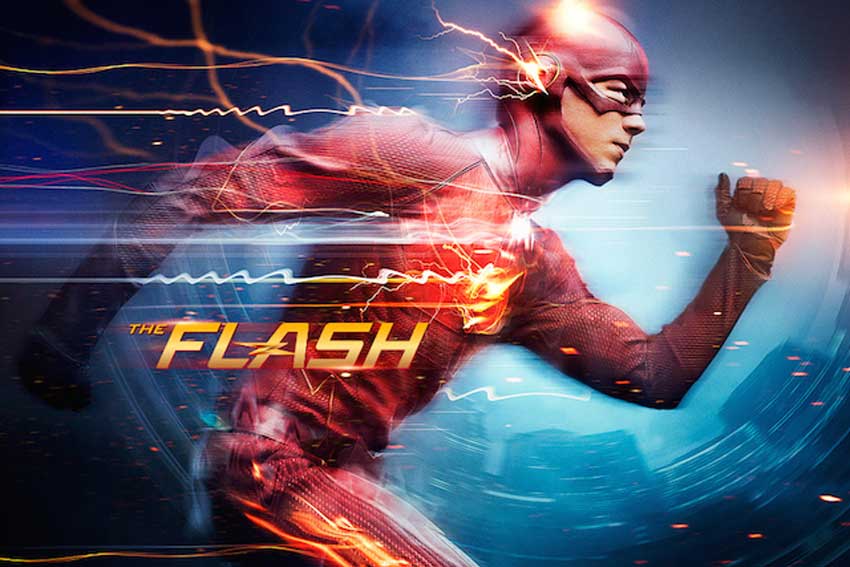By Anthony Biondi (The Cascade) – Email
Print Edition: April 8, 2015
Live-action superhero movies have been quite popular since the Marvel push and the recent Batman movies, and this trend has recently bled over onto television. Their popularity tends to be somewhat hit-and-miss. Most recently the television series Arrow, now in its third season, has seen an increase in popularity, perhaps because it boasts a relatively good production value and half-decent writing.
The Flash had a run at TV in the early ’90s, but flopped after a season. A decade and a half later, the Scarlet Speedster has been given another chance by the same people doing Arrow.
Existing in the same universe as Arrow, and occasionally crossing over, The Flash has boasted a strong start and continues to grow as the series continues. I’ve watched every episode so far, and find myself waiting eagerly for the next installment every Tuesday.
Most television series have first-season growing pains. They struggle to fully explore their sets of characters and scenarios. However, with The Flash, this has not been the case. Since Grant Gustin was already playing the character of Barry Allen (a.k.a. the Flash) on Arrow, the character of Allen comes into series well-developed and fully functional. He takes the reins of the show and brings a lot of weight to each story arc.
The show’s only drawback is that there seems to be a continuing tradition of somewhat cheesy comic book villains. I know — it’s a show based on a comic book. But what recent live-action comic movies and shows have been doing well — especially those from DC Comics — is developing these ideas into realistic settings with real people. Yet The Flash seems to keep its villains campy. For the most part, the villains don’t get a lot of development or screen time, and instead function as personal barriers in Barry Allen’s growth as Flash. This formula is great for building a show that allows its characters to grow and develop emotionally and spiritually. However, the writers of the show seem to often forget that villains are characters too, with complete lives and histories. They deserve better than the campy one-liners of comic books from the ’70s.
That being said, the show does very well with its developed characters. As Flash grows into his full range of abilities, viewers feel the tension of his struggles, both on the battlefield and in his relationships.
As well, the show does an excellent job in developing the central story arc of the season. Throughout each episode it carries an air of mystery that remains as an eerie overtone to the events of the show, and sees numerous twists and turns that keep viewers guessing, even when all seems clear. The central villain of the series, the Reverse Flash, comes out as the best developed villain of the series, and rewardingly holds up as just as interesting a character as Barry Allen, in some ways.
As a fun Easter egg, there are also cast members of the original Flash series cast in similar roles in the new series — for instance, Mark Hamill recently reprised his role as the Trickster in last week’s episode.
Overall, the series has been a great ride, despite still having several weeks left in its run. There have been moments of weak and campy villains, but the characterization of the lead characters remains strong and carries the series to greatness.



